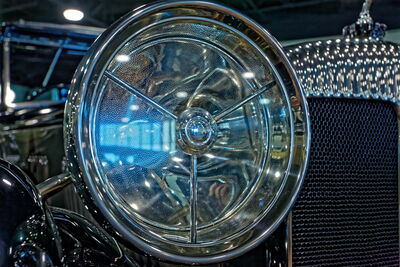A study of the dromedary
Apr 15, 2019 07:41:56 #
The dromedary, also called the Arabian camel (Camelus dromedarius), is a large, even-toed ungulate with one hump on its back. The species' distinctive features include its long, curved neck, narrow chest, and the single hump, as compared with the Bactrian camel that has two humps. The hump, at least 8-inches (20 cm) tall and typically larger, is made of fat bound together by fibrous tissue. Camel calves are born without a hump and grow one after birth. Camels mature at 7 years and live to around 17 years.
Dromedary Camel by Paul Sager, on Flickr

The dromedary has not occurred naturally in the wild for nearly 2,000 years. It was probably first domesticated in Somalia or the Arabian Peninsula about 4,000 years ago. In the wild, the dromedary inhabited arid regions, including the Sahara Desert. The domesticated dromedary is generally found in the semi-arid to arid regions of the Old World, mainly in Africa, and a significant feral population occurs in Australia.
Dromedary camel
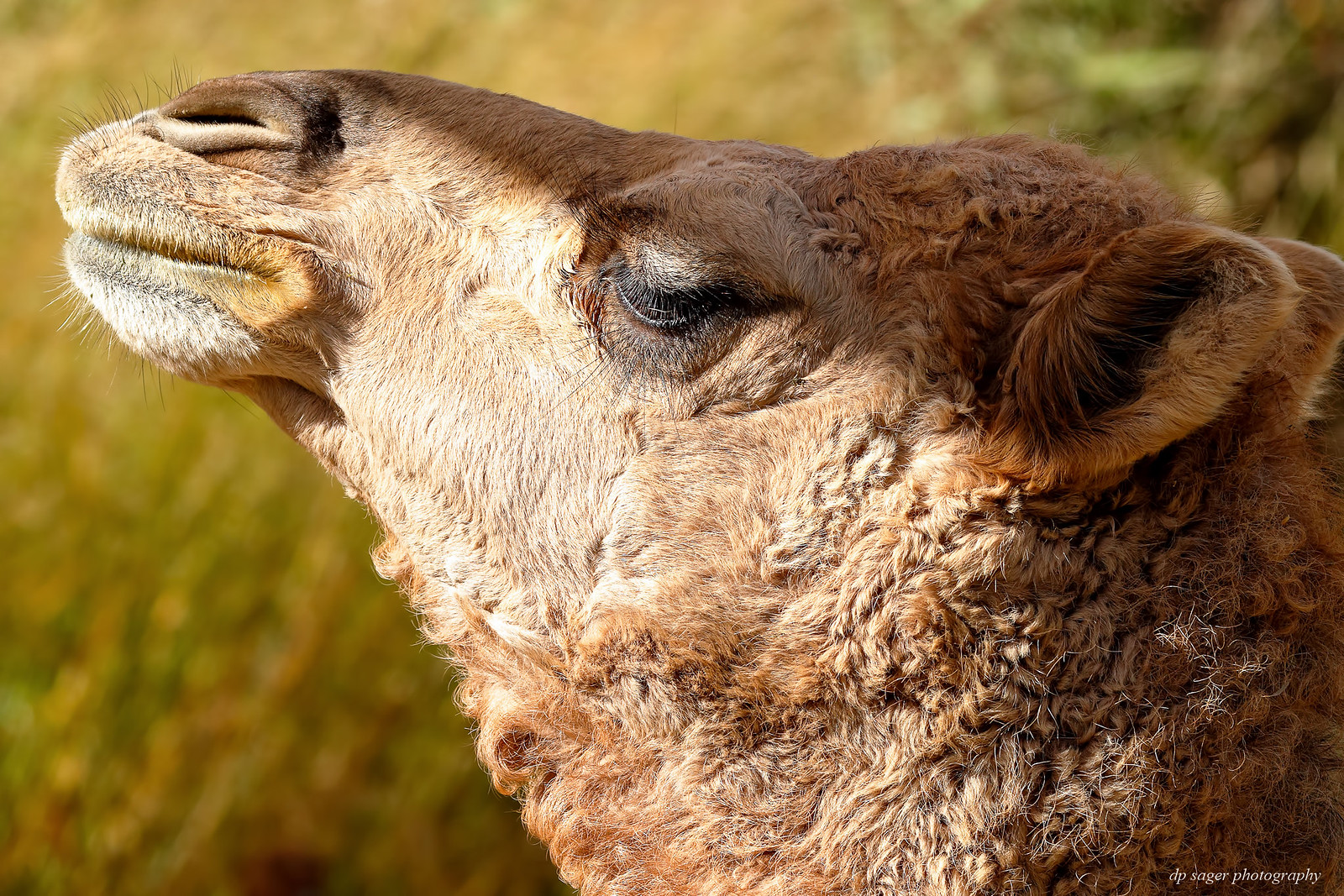
The modern dromedary probably evolved in the hotter, arid regions of western Asia from the Bactrian camel, which in turn was closely related to earlier Old World camels. Fossil remains indicate that the camel family originated in North America.
Dromedary Camel
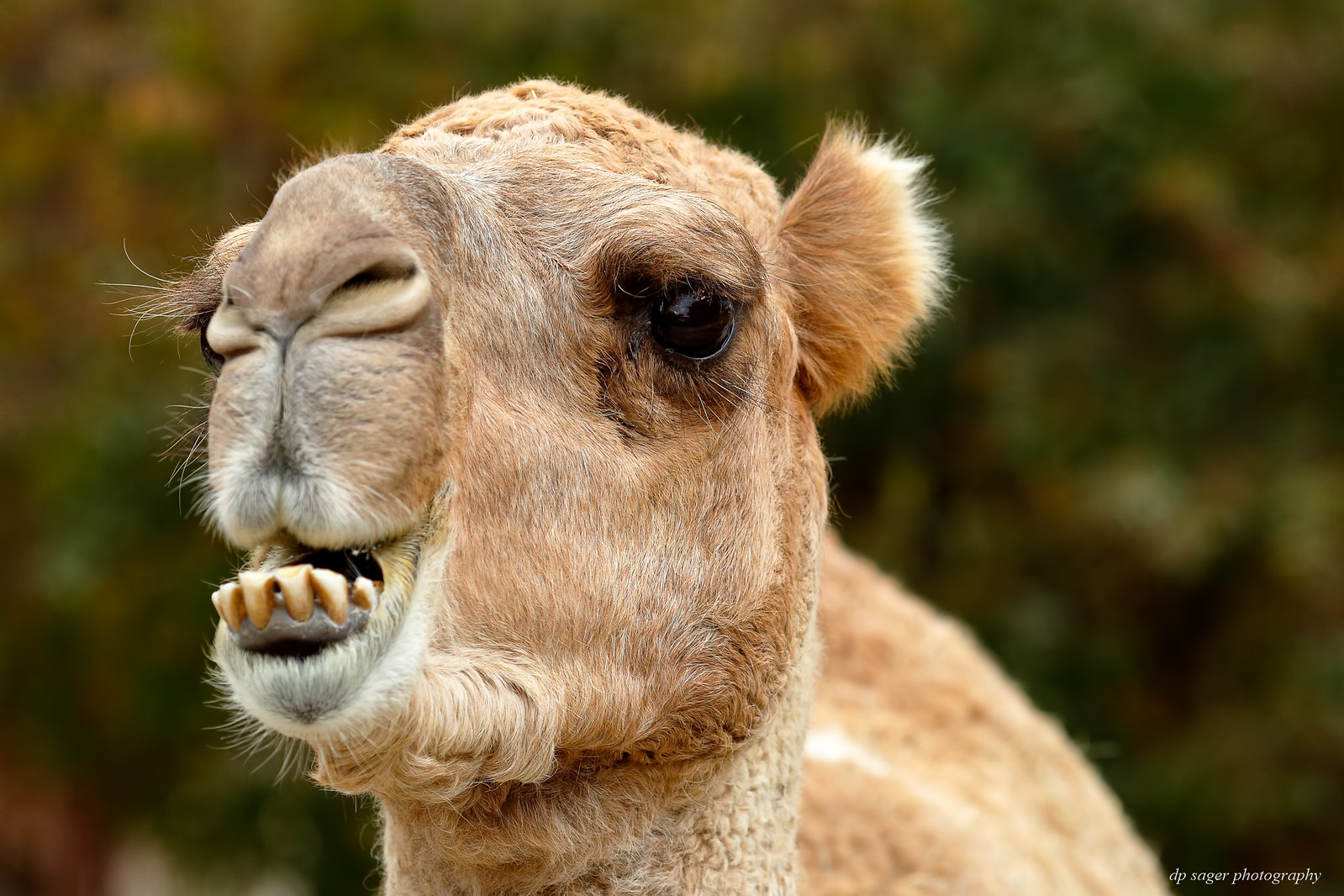
Being longer legged and slimmer than the Bactrian (two-humped) camel, dromedaries have been known to carry a rider 115 miles (185 km) in less than 11 hours, and racing dromedaries can reach a top speed of 40 miles (65 km) per hour over short distances.
The dromedaries shown in this post reside in US zoos: Miami (FL), San Diego (CA), Columbus (OH) and Chattanooga (TN). Different lenses and focal lengths were used, all with either the Canon Extenders EF 1.4x III or 2x III and an EOS 5DIII.
Dromedary Camel
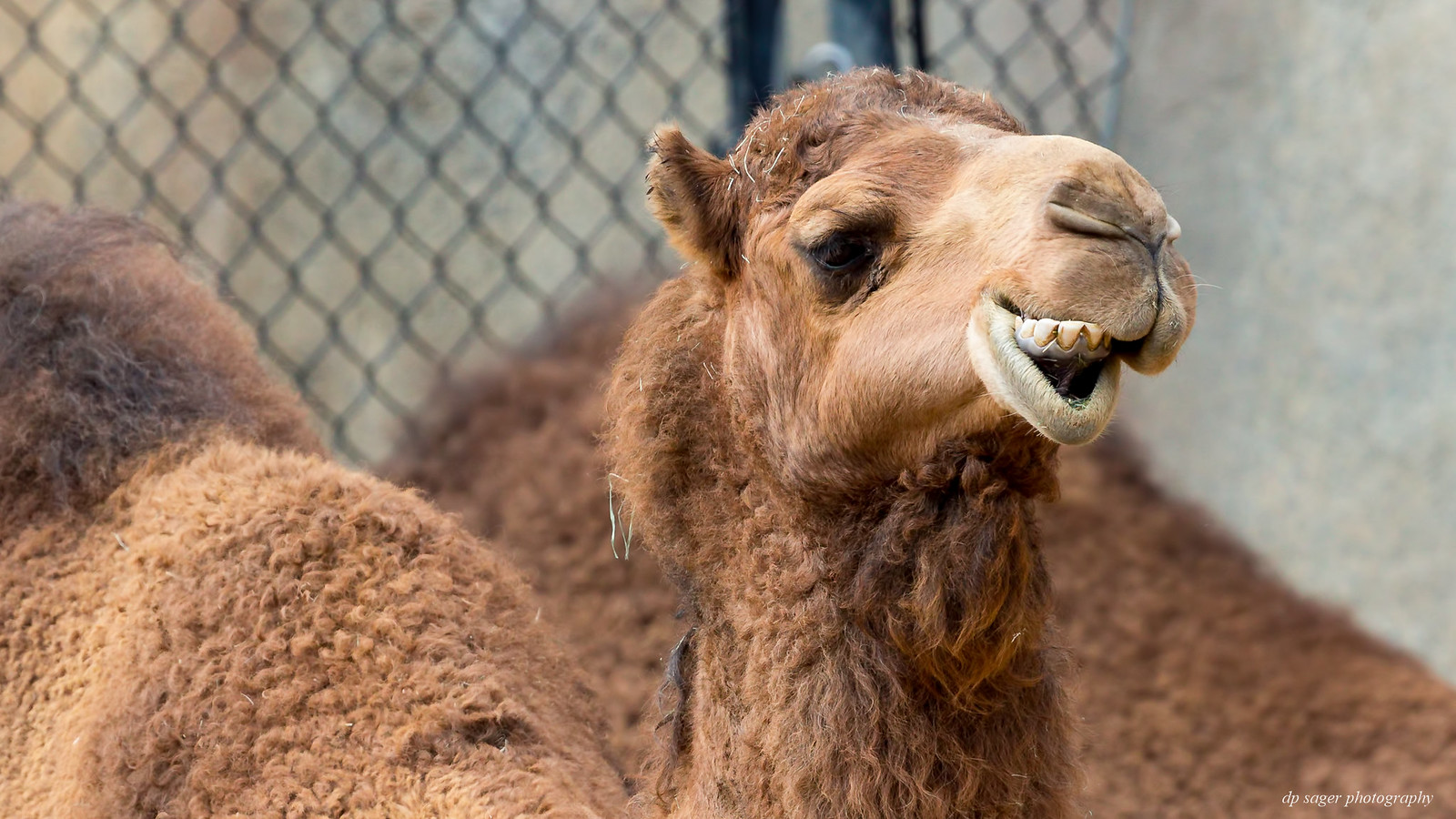
The dromedary is specially adapted to its desert habitat; these adaptations are aimed at conserving water and regulating body temperature. The bushy eyebrows and the double row of eyelashes prevent sand and dust from entering the eyes during strong windstorms, and shield them from the sun's glare. The dromedary is able to close its nostrils voluntarily; this assists in water conservation. Their dung is so dry that it can be used to fuel fires.
Dromedary Camel
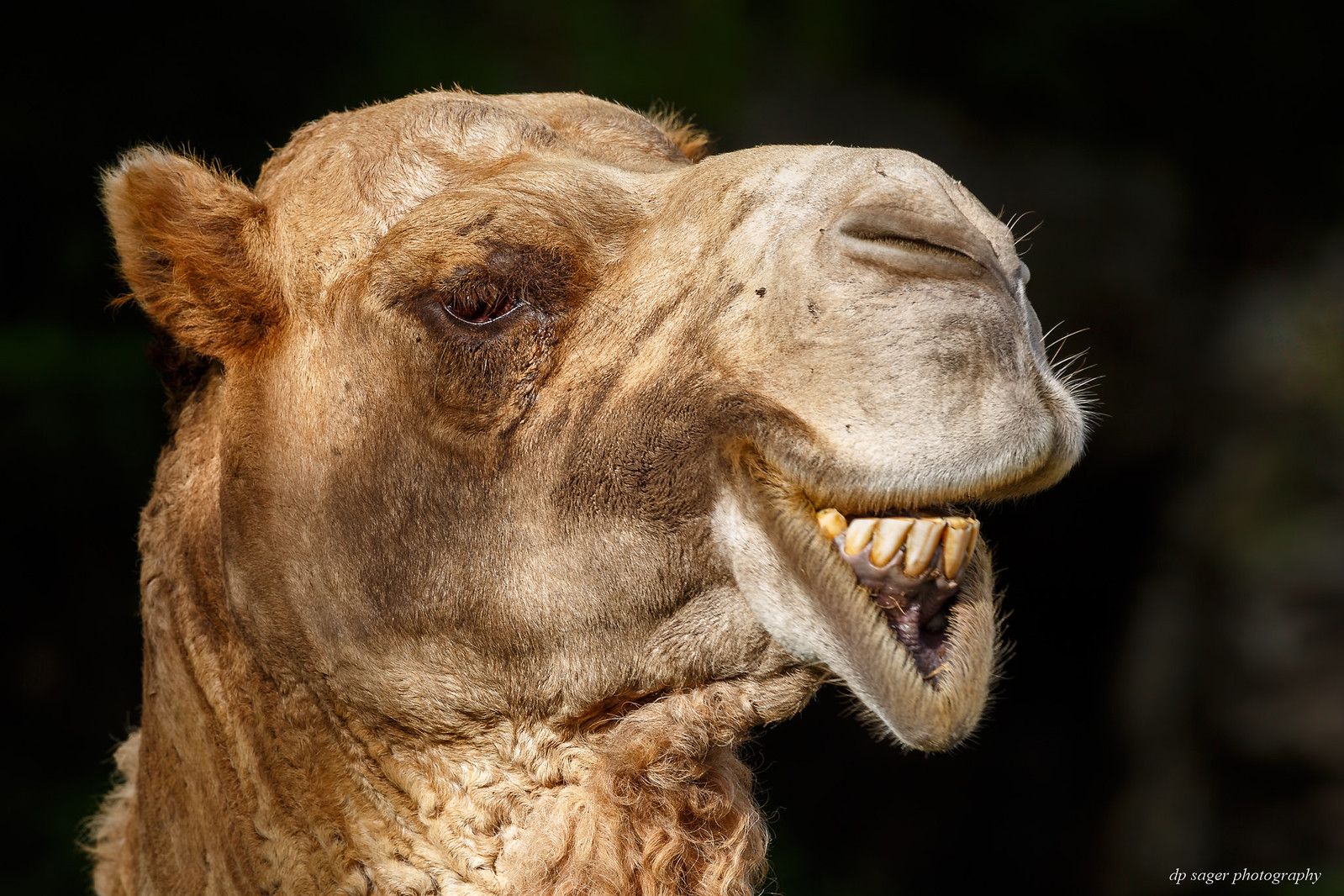
The dromedary can tolerate greater than 30% water loss, which is generally impossible for other mammals. In temperatures between 30 and 40 °C (86 and 104 °F), it needs water every 10 to 15 days. When camels do refill, they soak up water like a sponge. A very thirsty animal can drink 30 gallons of water in 13 minutes.
Dromedary Camel

The hump stores up to 80 lb (36 kg) of fat, which the camel can break down into water and energy to meet its needs when resources are scarce; the hump also helps dissipate body heat.
Dromedary Camel
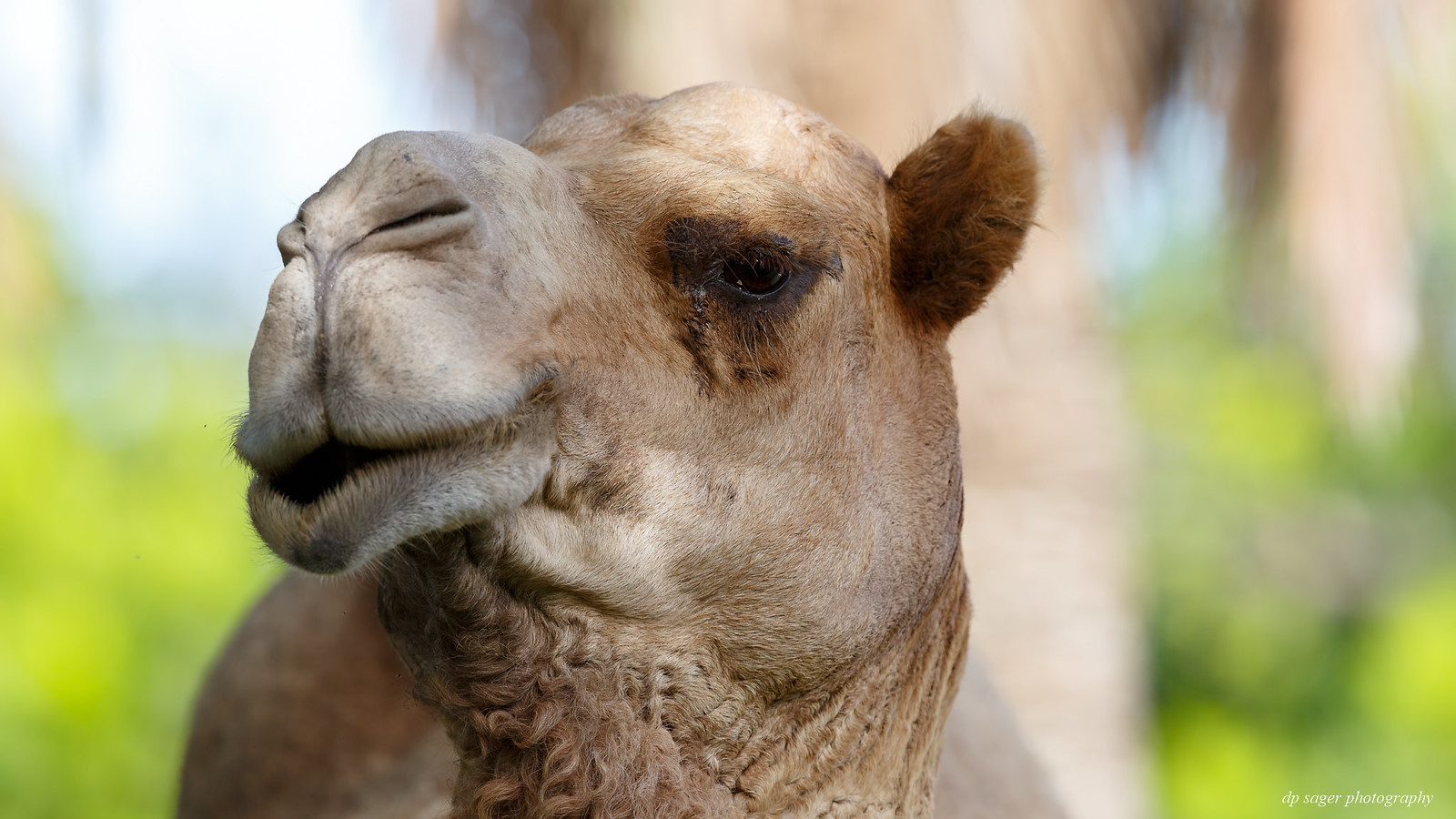
The strength and docility of the dromedary make it popular as a domesticated animal. They can be used for a wide variety of purposes: riding, transport, ploughing, and trading and as a source of milk, meat, wool and leather. Dromedary camels get up to about 6.5 feet (2 m) tall at the shoulder and weigh 880 to 1,325 lbs. (400 to 600 kg).
Dromedary camel
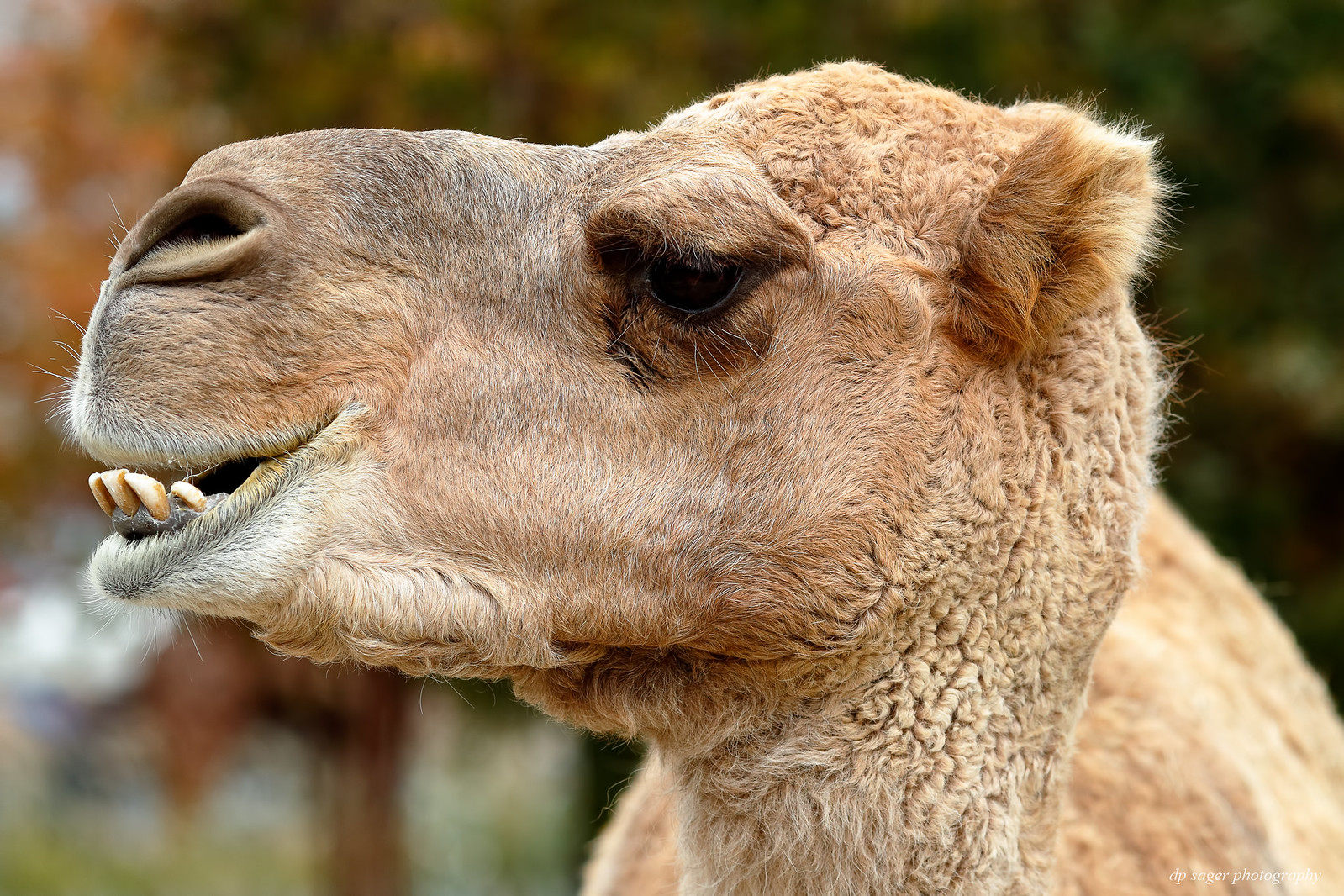
Camels typically graze on shrubs, leaves and grasses. The lips of dromedary camels are thickened to allow consumption of coarse, thorny plants. They will tackle saltbushes and other plants which most animals cannot eat.
The images are sized to fill your wide-screen display. Try using <F11> to maximize your browser window for the full effect. If the images overshoot your display, such as a laptop, just click on the image or the URL link and they'll resize to your screen from the host Flickr site. You can click a bit further into the image details on the Flickr page, if desired. EXIF data is available from the host Flickr pages as well. On the Flickr site, use your <L>key for Large and the <F11> for the full-screen.
If the images are not filling your widescreen display due to recent UHH changes, follow this link and update your UHH profile: https://www.uglyhedgehog.com/t-572300-1.html
Dromedary Camel by Paul Sager, on Flickr

The dromedary has not occurred naturally in the wild for nearly 2,000 years. It was probably first domesticated in Somalia or the Arabian Peninsula about 4,000 years ago. In the wild, the dromedary inhabited arid regions, including the Sahara Desert. The domesticated dromedary is generally found in the semi-arid to arid regions of the Old World, mainly in Africa, and a significant feral population occurs in Australia.
Dromedary camel

The modern dromedary probably evolved in the hotter, arid regions of western Asia from the Bactrian camel, which in turn was closely related to earlier Old World camels. Fossil remains indicate that the camel family originated in North America.
Dromedary Camel

Being longer legged and slimmer than the Bactrian (two-humped) camel, dromedaries have been known to carry a rider 115 miles (185 km) in less than 11 hours, and racing dromedaries can reach a top speed of 40 miles (65 km) per hour over short distances.
The dromedaries shown in this post reside in US zoos: Miami (FL), San Diego (CA), Columbus (OH) and Chattanooga (TN). Different lenses and focal lengths were used, all with either the Canon Extenders EF 1.4x III or 2x III and an EOS 5DIII.
Dromedary Camel

The dromedary is specially adapted to its desert habitat; these adaptations are aimed at conserving water and regulating body temperature. The bushy eyebrows and the double row of eyelashes prevent sand and dust from entering the eyes during strong windstorms, and shield them from the sun's glare. The dromedary is able to close its nostrils voluntarily; this assists in water conservation. Their dung is so dry that it can be used to fuel fires.
Dromedary Camel

The dromedary can tolerate greater than 30% water loss, which is generally impossible for other mammals. In temperatures between 30 and 40 °C (86 and 104 °F), it needs water every 10 to 15 days. When camels do refill, they soak up water like a sponge. A very thirsty animal can drink 30 gallons of water in 13 minutes.
Dromedary Camel

The hump stores up to 80 lb (36 kg) of fat, which the camel can break down into water and energy to meet its needs when resources are scarce; the hump also helps dissipate body heat.
Dromedary Camel

The strength and docility of the dromedary make it popular as a domesticated animal. They can be used for a wide variety of purposes: riding, transport, ploughing, and trading and as a source of milk, meat, wool and leather. Dromedary camels get up to about 6.5 feet (2 m) tall at the shoulder and weigh 880 to 1,325 lbs. (400 to 600 kg).
Dromedary camel

Camels typically graze on shrubs, leaves and grasses. The lips of dromedary camels are thickened to allow consumption of coarse, thorny plants. They will tackle saltbushes and other plants which most animals cannot eat.
The images are sized to fill your wide-screen display. Try using <F11> to maximize your browser window for the full effect. If the images overshoot your display, such as a laptop, just click on the image or the URL link and they'll resize to your screen from the host Flickr site. You can click a bit further into the image details on the Flickr page, if desired. EXIF data is available from the host Flickr pages as well. On the Flickr site, use your <L>key for Large and the <F11> for the full-screen.
If the images are not filling your widescreen display due to recent UHH changes, follow this link and update your UHH profile: https://www.uglyhedgehog.com/t-572300-1.html
Apr 15, 2019 07:56:33 #
Amazing photos of these incredible camels, Paul. And I learned a ton of information from your very informative narrative. Thanks.
Apr 15, 2019 08:07:50 #
Apr 15, 2019 08:15:43 #
Apr 15, 2019 08:22:13 #
Apr 15, 2019 09:11:39 #
Zario
Loc: sacramento, CA
Thank you Chg Canon for the photos and especially for the informative essay on these beautiful, amazing, resourceful and adaptive beings. Your commentary on them is a treat for me to read .
Apr 15, 2019 11:06:05 #
Thank you Cotondog, Jerry, Larry, fbeaston, Zario! I got wondering about what a camel is beyond an animal with a hump and learned a bunch. Glad you enjoyed.
Apr 15, 2019 11:52:29 #
Apr 15, 2019 11:55:28 #
Apr 15, 2019 14:39:26 #
Great Shots --
Always thought of the Dromedary / Camel as an organism created & built by a committee
Always thought of the Dromedary / Camel as an organism created & built by a committee
Apr 16, 2019 05:49:42 #
Apr 16, 2019 05:51:11 #
Apr 16, 2019 07:24:21 #
Apr 16, 2019 07:31:57 #
Great camel portraits Paul! I don't think I'd want to kiss one on the lips.
Apr 16, 2019 07:33:05 #
If you want to reply, then register here. Registration is free and your account is created instantly, so you can post right away.







